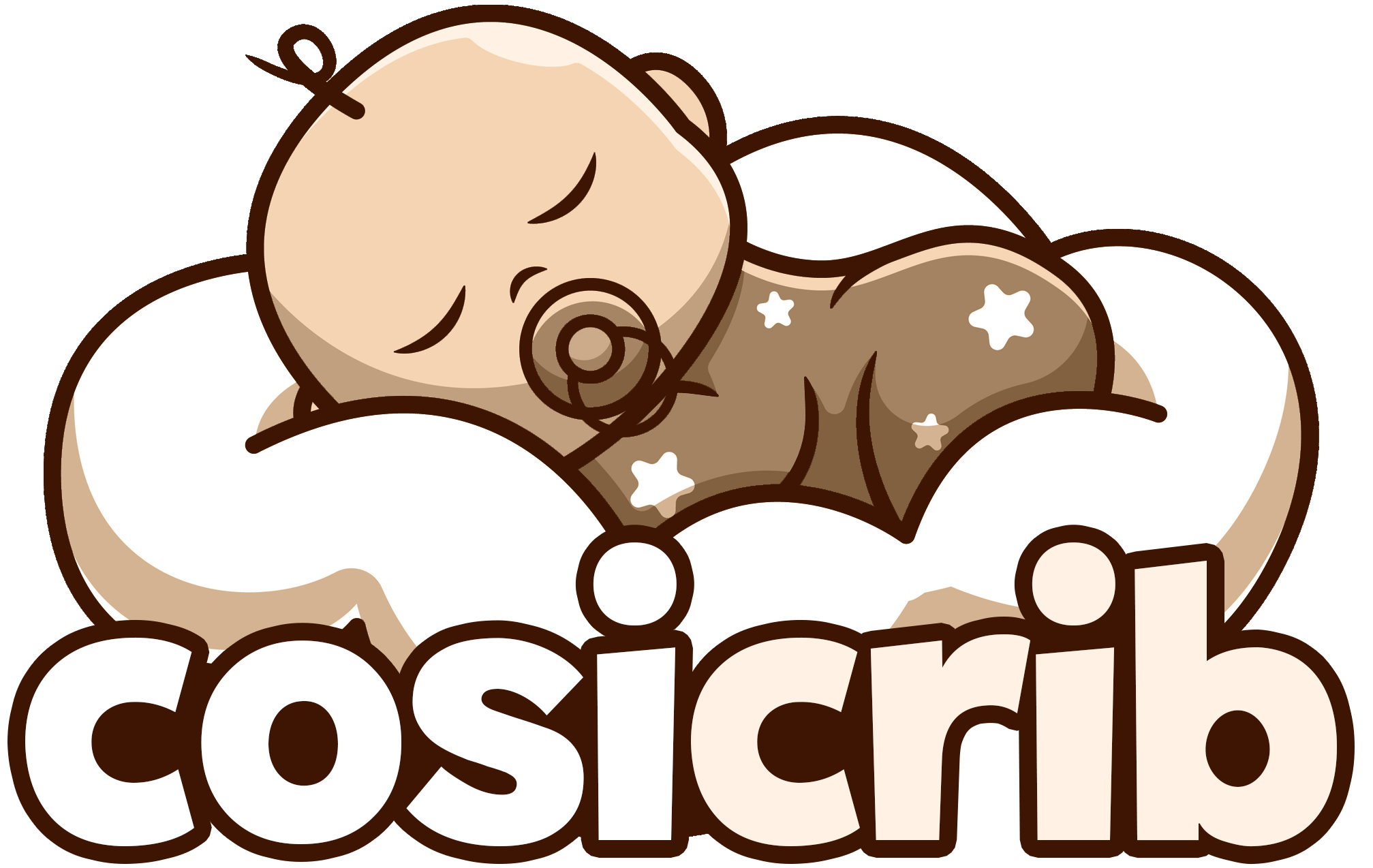Let’s talk about something every parent eventually wonders:
“Am I doing this right?”
That question often comes up around the topic of baby routines. From the outside, parenting can look like an unpredictable whirl of naps, bottles, and diaper changes—but for your baby, building a daily rhythm isn’t just about order. It’s about comfort. It’s about creating a world that feels safe, familiar, and nurturing.
And no, you don’t need to become a drill sergeant to make that happen.
A daily baby routine doesn’t mean rigid schedules. It means patterns. Predictable, flexible rhythms that guide your day and help your little one feel secure as they grow and explore the big world around them.
If you’re feeling overwhelmed or unsure where to begin, breathe. You don’t have to be perfect—just present. In this post, we’ll walk you through why daily routines matter, how to build one that works for your family, and the surprising ways it can bring peace to your days (and nights).

Why a Routine Matters More Than You Might Think
Babies are creatures of habit—even if their habits don’t always seem clear at first.
In the first few months of life, everything is new. Sights, sounds, sensations. Routine brings predictability to that whirlwind. It’s how your baby begins to understand:
“After my bottle, I get snuggled. After snuggles, it’s sleepy time.”
These repeated patterns help:
🧠 Support Cognitive Development
Routine sharpens your baby’s ability to recognize patterns and predict outcomes. This is foundational for learning.
💤 Improve Sleep (For Everyone)
Babies who know what to expect feel safer. That safety lowers cortisol (stress hormone) and helps with falling—and staying—asleep.
❤️ Reduce Fussiness and Tantrums
When basic needs are met at predictable times, babies tend to feel more at ease. Fewer surprises = fewer meltdowns.
👩👦👦 Strengthen Parent-Child Bonds
When a baby anticipates loving care—mealtimes, play, cuddles—it creates deeper trust between you and your child.
Building a Routine: The Gentle Way
Let’s be honest: real life doesn’t run on a baby app. Routines shouldn’t feel like a race against the clock. Start slow, observe your baby’s natural patterns, and use them as a guide.
1. Follow the Eat-Play-Sleep Pattern
One of the simplest and most effective daily flows is:
Eat → Play → Sleep.
For example:
Morning: Wake up → Bottle or breastfeed → Floor time or Activity Gym → Nap.
Afternoon: Lunch → Outside stroll or tummy time → Nap.
Evening: Dinner → Soft play or cuddle time → Bedtime routine.
This cycle helps babies associate food with nourishment, play with learning, and wind down with sleep.
👶 Tip: An Activity Gym Play Mat can be a game-changer during awake time. It creates a safe, interactive space for play while stimulating motor skills and visual tracking.
2. Create a Predictable Bedtime Routine
Bedtime rituals are golden. Even a 10-minute series of cues can help your baby transition to sleep mode.
Think:
A warm bath
A baby massage with calming lotion
A lullaby or white noise
A cozy swaddle or wearable blanket
Feeding
A gentle rock or cuddle
Over time, these steps cue your baby that bedtime is near. The routine itself becomes a sleep signal.
🛏️ Consider a calming tool like the White Noise Sleep Music Box, which can help signal nighttime and mask household noise.
3. Anchor Your Day With Key Rituals
You don’t need a minute-by-minute itinerary. Just a few “anchors” throughout the day (like meal, nap, and bath times) can add helpful structure.
Here’s a sample rhythm to inspire you (adjust by age/stage):
| Time | Activity |
|---|---|
| 7:00 AM | Wake and Feed |
| 8:00 AM | Playtime |
| 9:00 AM | Morning Nap |
| 10:30 AM | Snack or Bottle |
| 11:00 AM | Outdoor Stroll/Play |
| 12:00 PM | Lunch and Nap |
| 2:30 PM | Playtime |
| 4:00 PM | Snack or Bottle |
| 5:00 PM | Wind Down, Books |
| 6:00 PM | Bath Time |
| 6:30 PM | Feeding and Cuddles |
| 7:00 PM | Bedtime |
This routine is more about flow than precision. Life happens—some naps are skipped, some meals get messy—and that’s okay.
Adapting the Routine As Your Baby Grows
What works at 3 months won’t work at 9 months, and that’s part of the journey.
Signs It’s Time to Adjust:
Nap resistance (they’re ready for fewer naps)
Increased appetite or mobility
Teething, growth spurts, or illness
The key is to stay responsive. Let the routine bend with your baby’s needs. That flexibility builds trust and keeps the schedule sustainable.
Common Questions (And Reassurance)
Q: What if we’re off schedule for the day?
A: Don’t worry! Babies are resilient. One off day won’t undo their rhythm. Just resume your routine when you can.
Q: My baby fights naps—should I skip them?
A: Not usually. Shorten wake windows, add calming cues, and stay consistent. Over time, the routine will help naps come easier.
Q: Can I start a routine later?
A: Absolutely. It’s never too late to introduce structure, especially if it’s gentle and responsive.
Final Thoughts: Routines Are Love in Action
Creating a daily baby routine isn’t about becoming hyper-organized or making every hour look the same. It’s about turning everyday moments—meals, diaper changes, cuddles—into touchpoints of security.
When you build rhythm into your days, you’re telling your baby:
“You are safe here. You are loved. And I’ll be there, every step of the way.”
That’s the power of a routine. It’s not just about smoother naps or fewer meltdowns (though those are lovely). It’s about building a foundation of trust, comfort, and connection—one day at a time.







